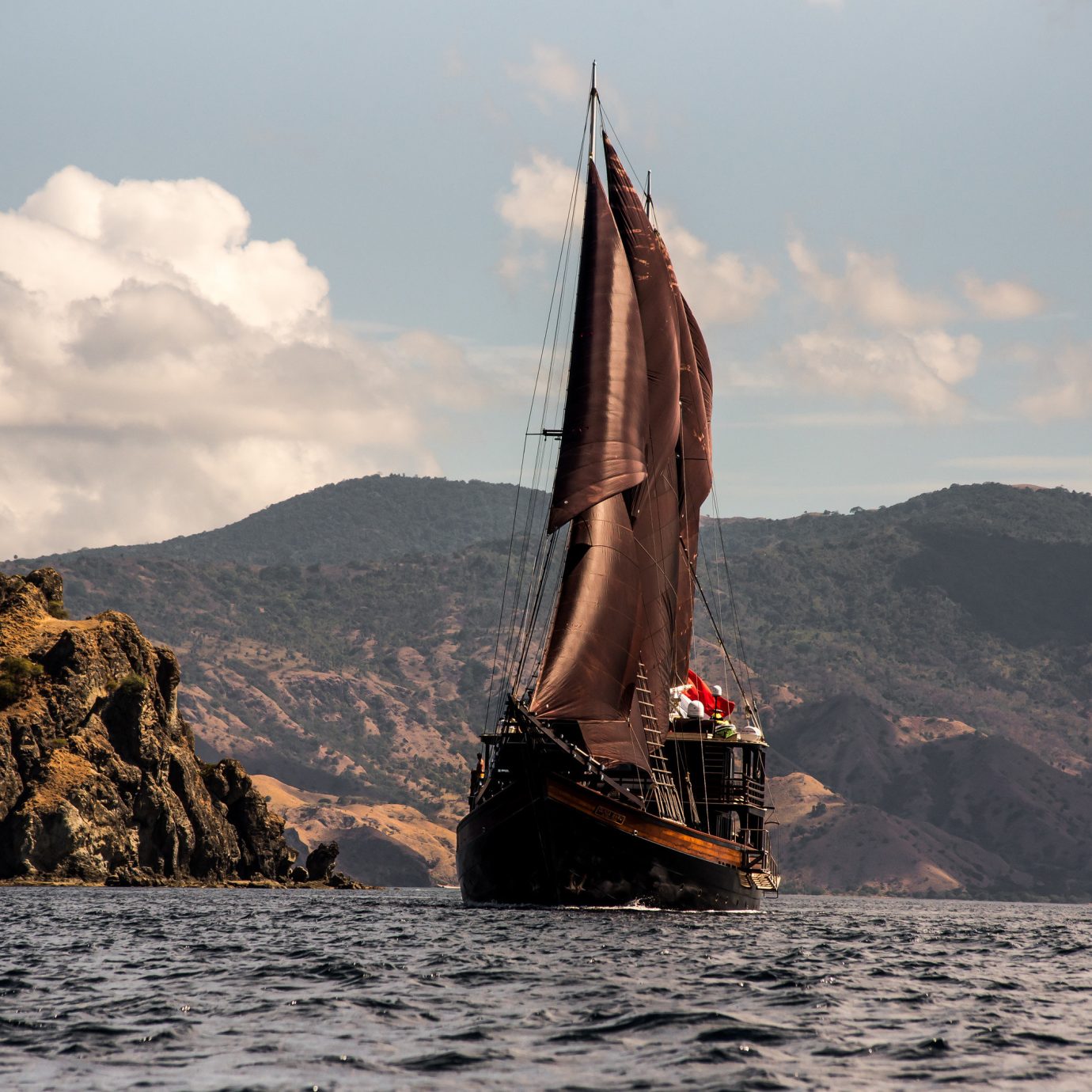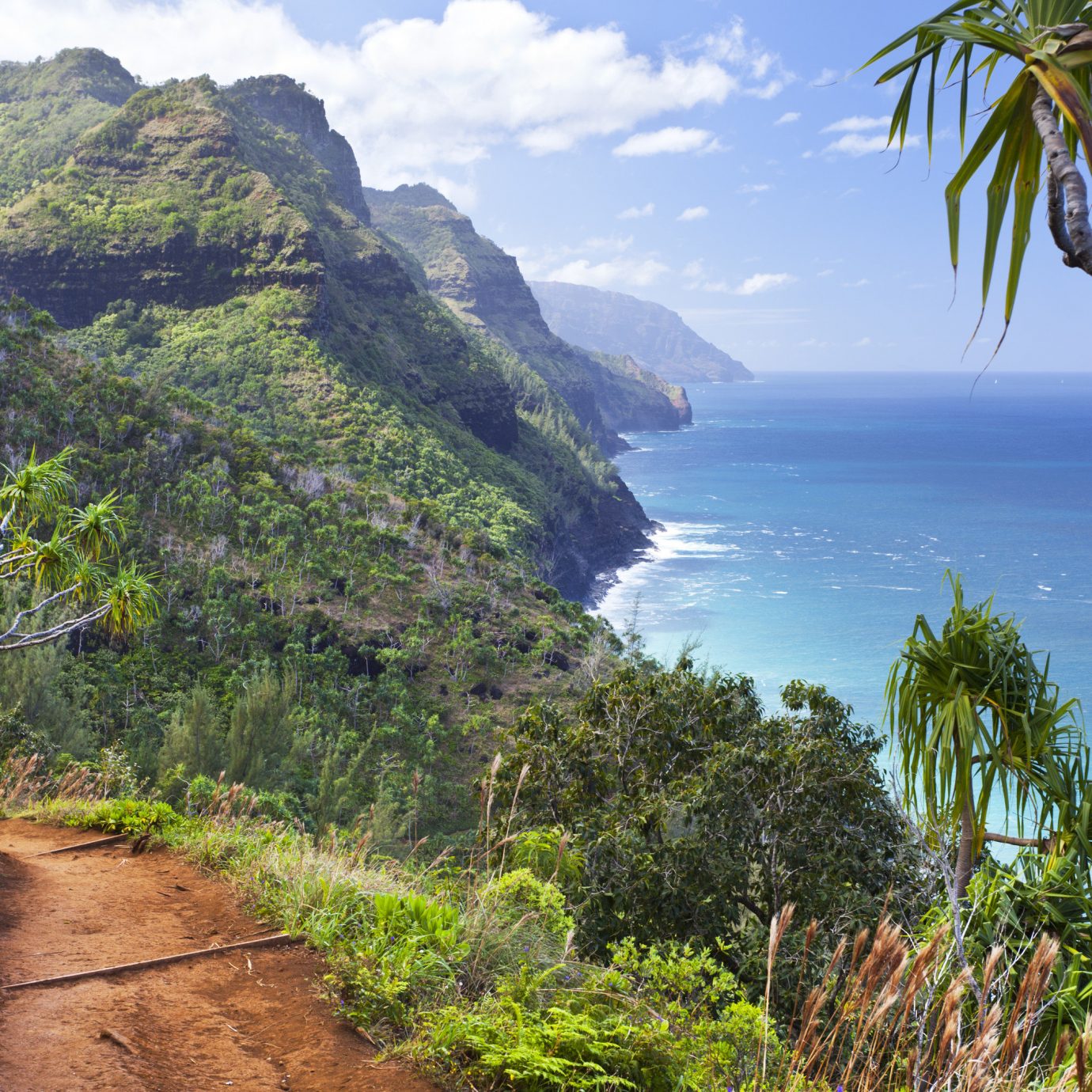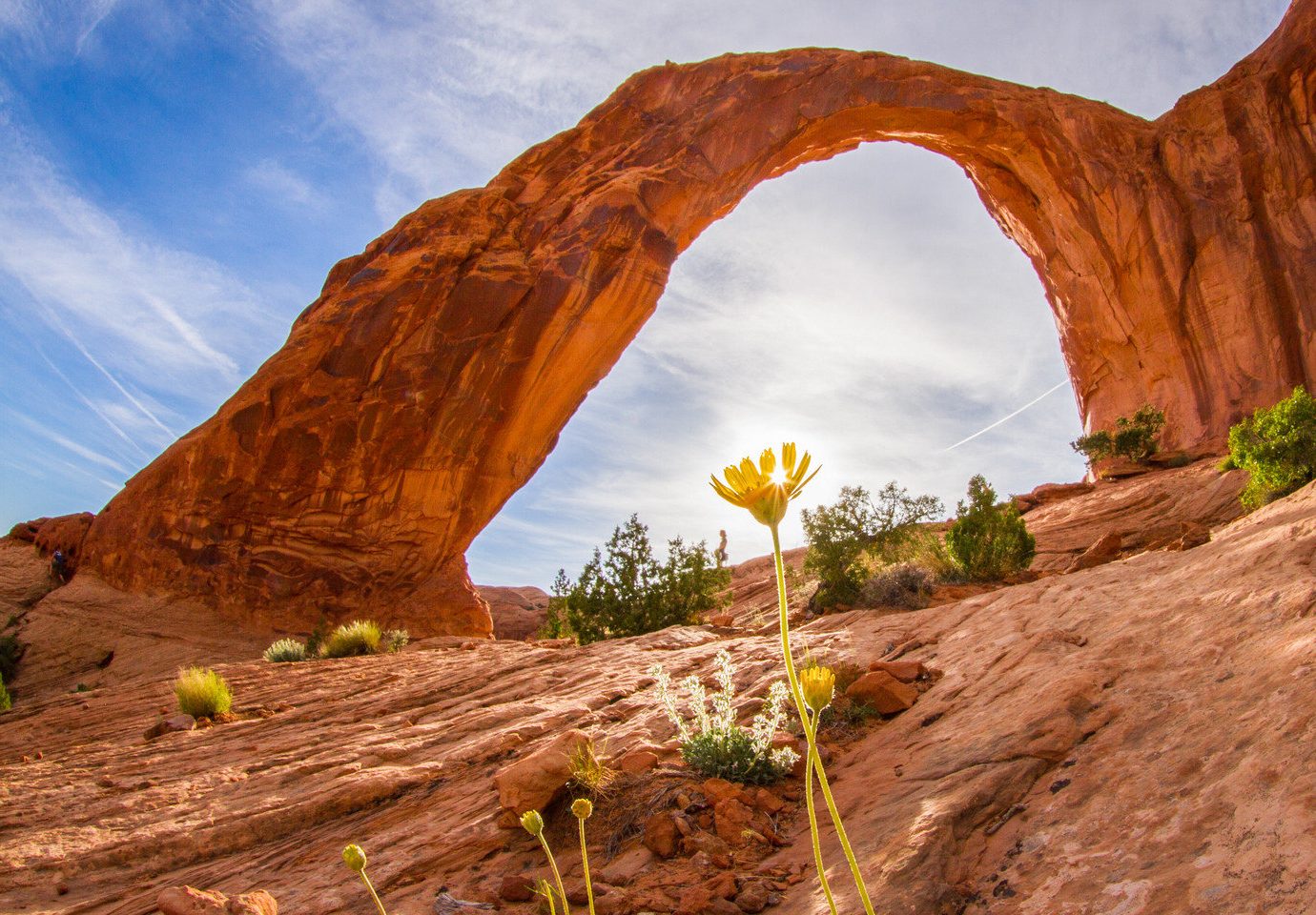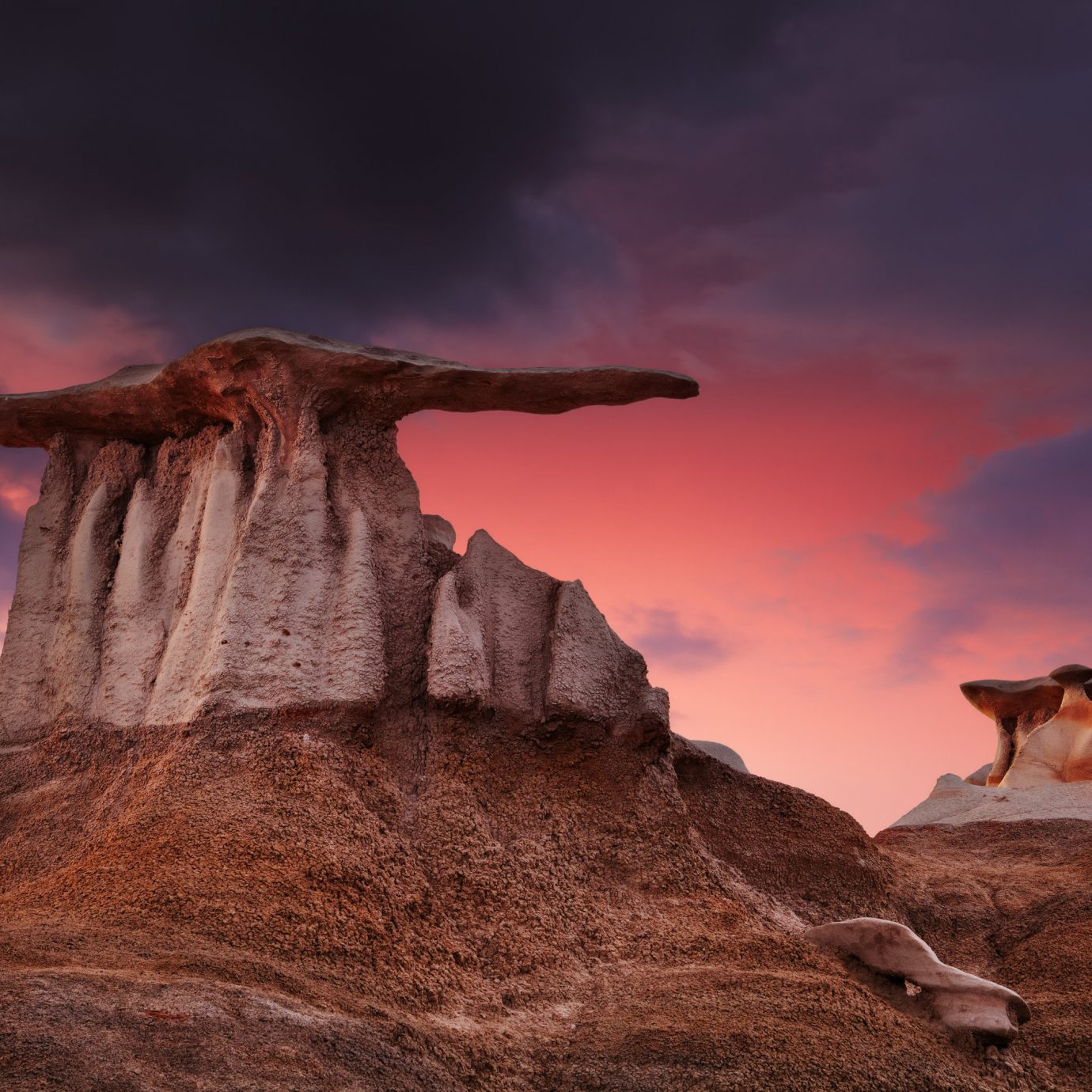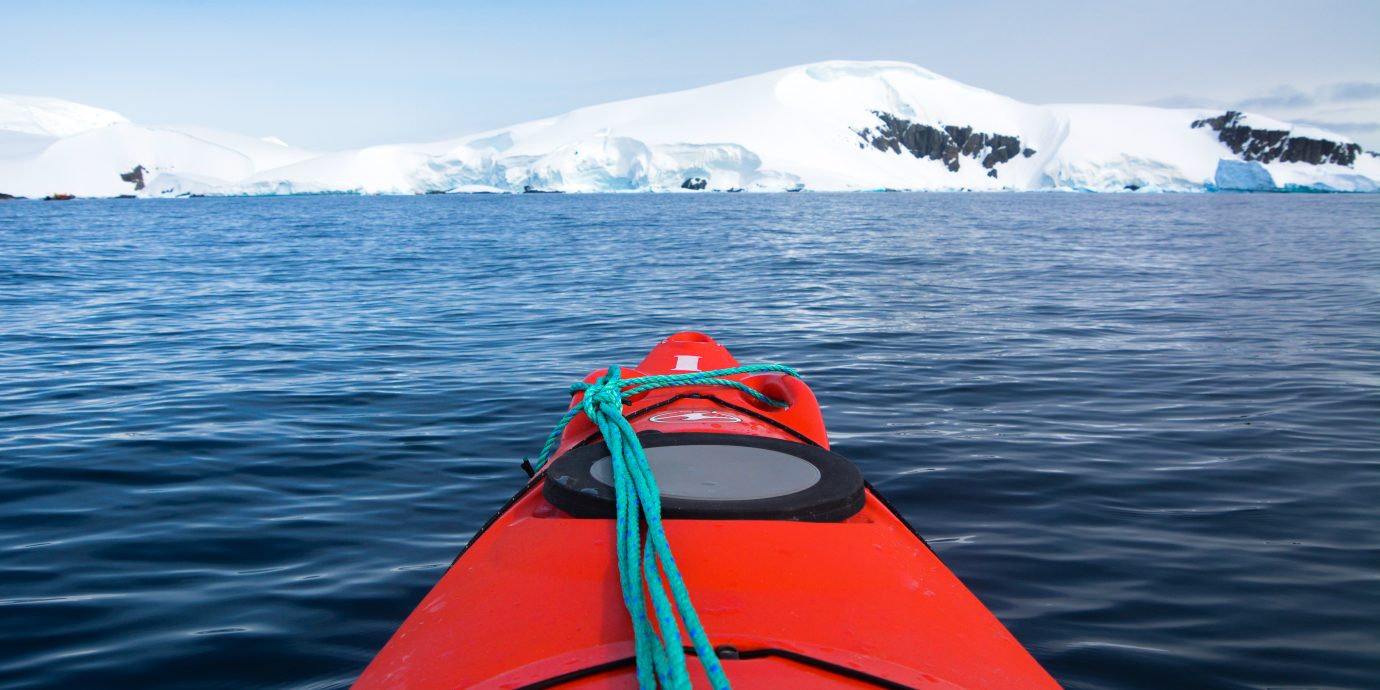
What It’s Like to Take a Cruise to Antarctica
Ever wonder what it's really like to sail to the ends of the Earth? JS contributor Jamie Ditaranto was among the lucky few to set foot on Antarctica last year, and has returned home with a few tips for equally adventurous travelers hoping to do the same. Here, she recounts her whirlwind visit to the seventh continent.
Jamie Ditaranto is a traveler in a love triangle with writing and photography. Follow the drama on Twitter @jamieditaranto and Instagram @jamieditaranto.
Ditaranto joined SmarterTravel in 2015. She loves ecotourism, cities with history, and discovering local hangouts. Though she likes all the continents equally, she holds a special place in her heart for rainy little islands.
Her work has also appeared online at USA Today, Huffington Post, Business Insider, and other publications. You can check out her photography on her website.
The Handy Item I Always Pack: "My instant camera comes in handy for giving instant gifts to new friends."
Ultimate Bucket List Experience: "Befriending penguins in Antarctica."
Travel Motto: "You have to get the hard places out of the way first."
Aisle, Window, or Middle Seat: "On short flights, the window. For long flights, the aisle."
Email Jamie at editor@smartertravel.com.
Hike up the mountain or walk down the beach. This was the choice I was given as we made first landfall in Antarctica. It was my first time off the ship in two days—two days spent in a fog of seasickness as I weathered the notorious waves of the Drake Passage. Today, though, I felt clear and giddy. I kept looking at my feet. Energized by the awe of the fact that I was actually standing in Antarctica, I chose the hike.
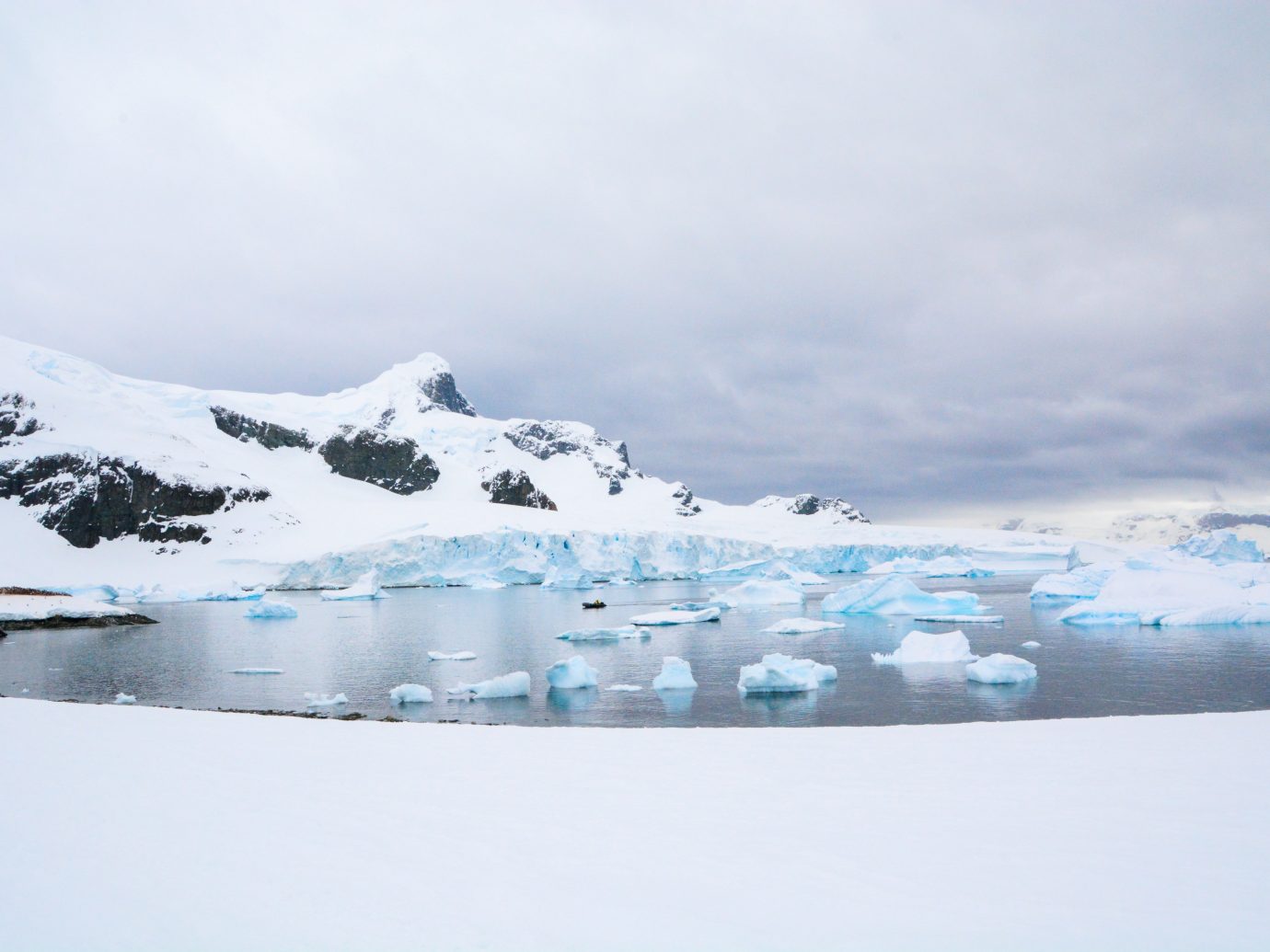
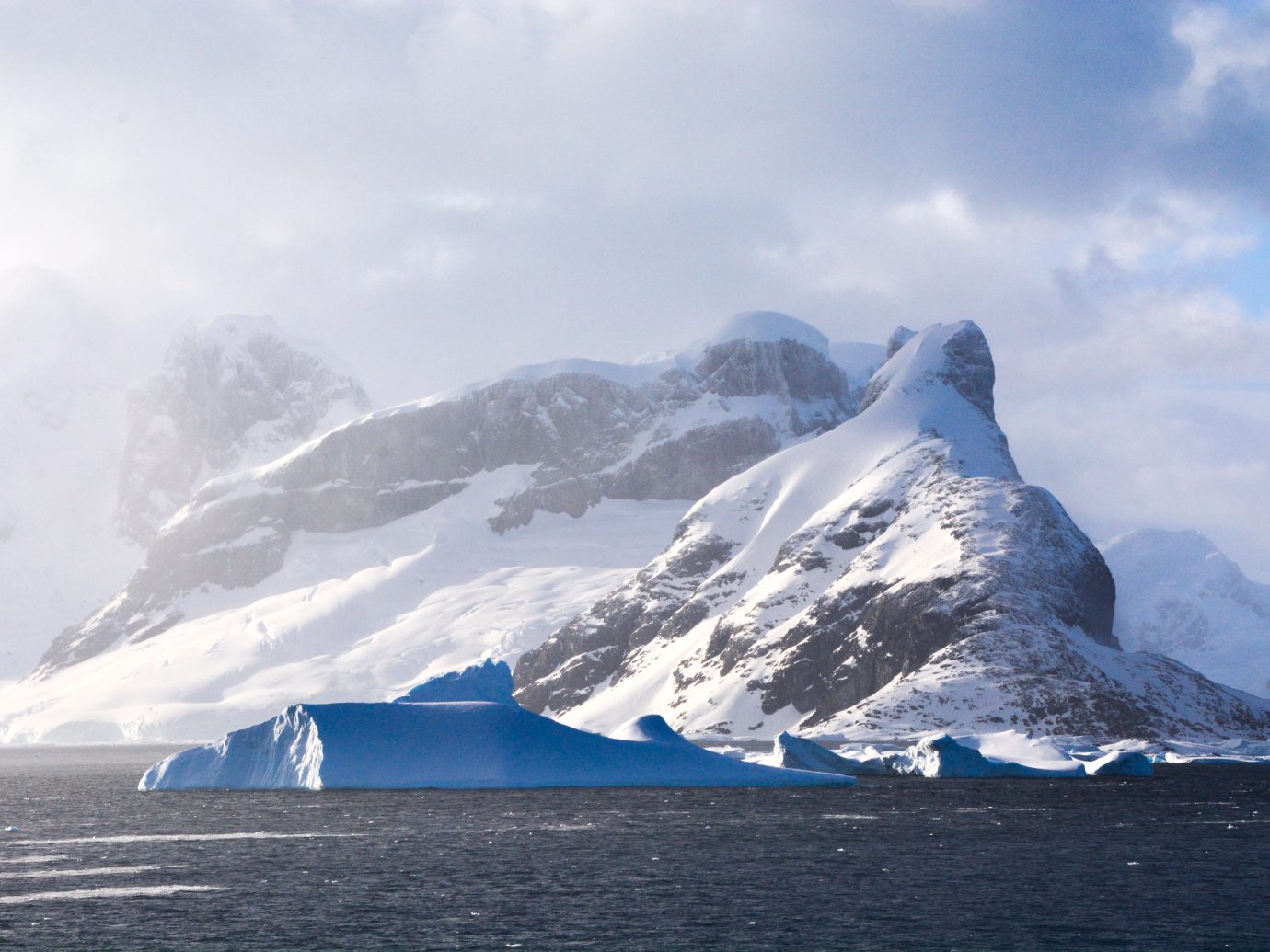
The trail was marked by red flags and blue cones and passed by the rusted oil silos and a worn-down wooden airplane hangar that marked Whaler’s Bay, the landing spot for our day on Deception Island. As you might suspect by its name, Deception Island has a secret. Although it appears to be in one piece as ships approach from the outside, Deception Island is not actually an island. It’s an active underwater volcano.
RELATED: What to Pack for an Antarctica Cruise: 13 Cold-Weather Essentials
When I arrived at the top of the ridge, I could see the little corner of the caldera we had sailed into. The late-November snow was just starting to melt, revealing the black soil of the volcanic mountains beneath in long streaks. I looked down at the ship that brought me here, floating in the volcanic waters like a toy boat in a bathtub. Over the next week, it would become a new kind of home for me as we traversed the islands of the Antarctic peninsula.
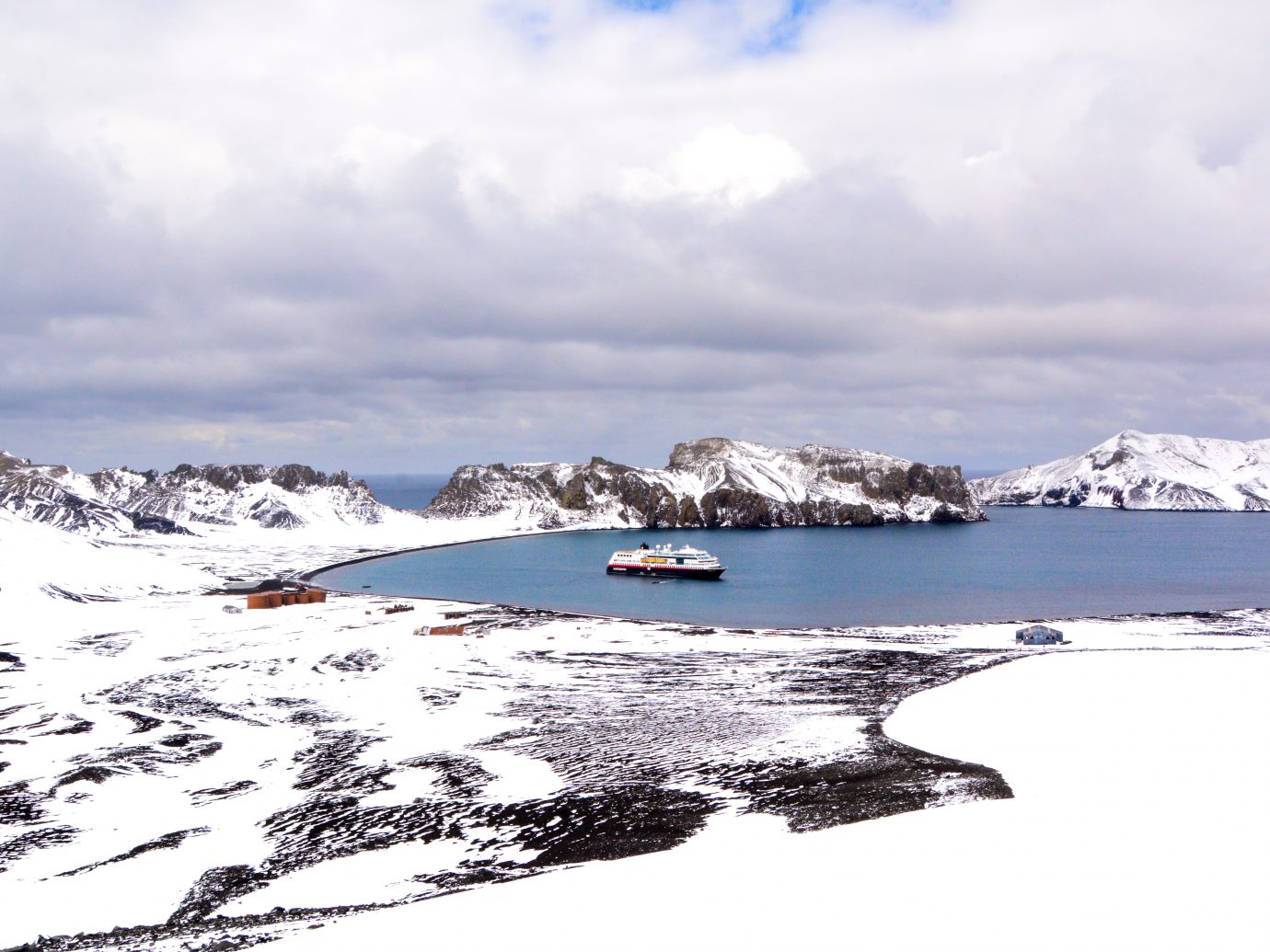
The Ship—and What to Expect
Late November marks the beginning of Antarctica’s cruising season, and last year I found myself in Ushuaia, Argentina—the southernmost city in the world and the main departure port of most Antarctica cruises—boarding the M.S. Midnatsol for a 13-day Hurtigruten expedition cruise. Unlike tropical and Mediterranean cruises that carry tourists from one sunny island to the next, expedition cruises focus on the adventure of each destination. With a smaller ship, an expedition cruise can take you to more remote destinations, including places like Antarctica where there are no hotels, no gift shops, and no permanent residents.
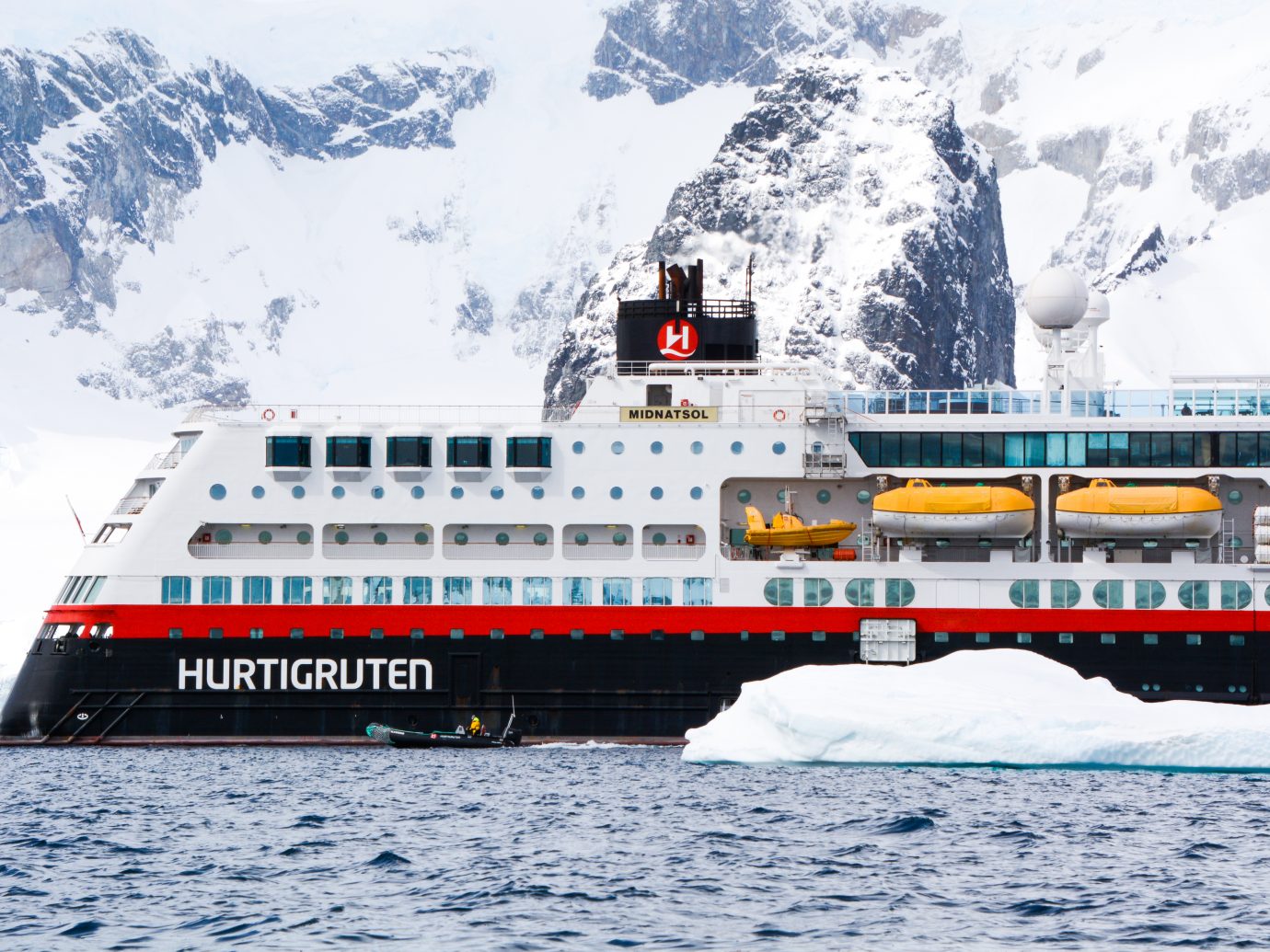
I quickly learned on my expedition cruise to Antarctica that the main event of every day is always the excursion to shore. Landing groups are staggered to minimize environmental impact, so each group has about 90 minutes on land every day when the weather permits. However, while you wait for your excursions, the on-board experience with a cruise line like Hurtigruten is much different than what you’d find on more mainstream itineraries.
On a mid-size ship like the Midnatsol, for example, you won’t find a night club or an organized bar crawl. Instead, Hurtigruten offers educational lectures from the on-board researchers and bottomless coffee and tea. The real entertainment, however, is everything you’ll see outside.
RELATED: Cruising for People Who Hate Cruises
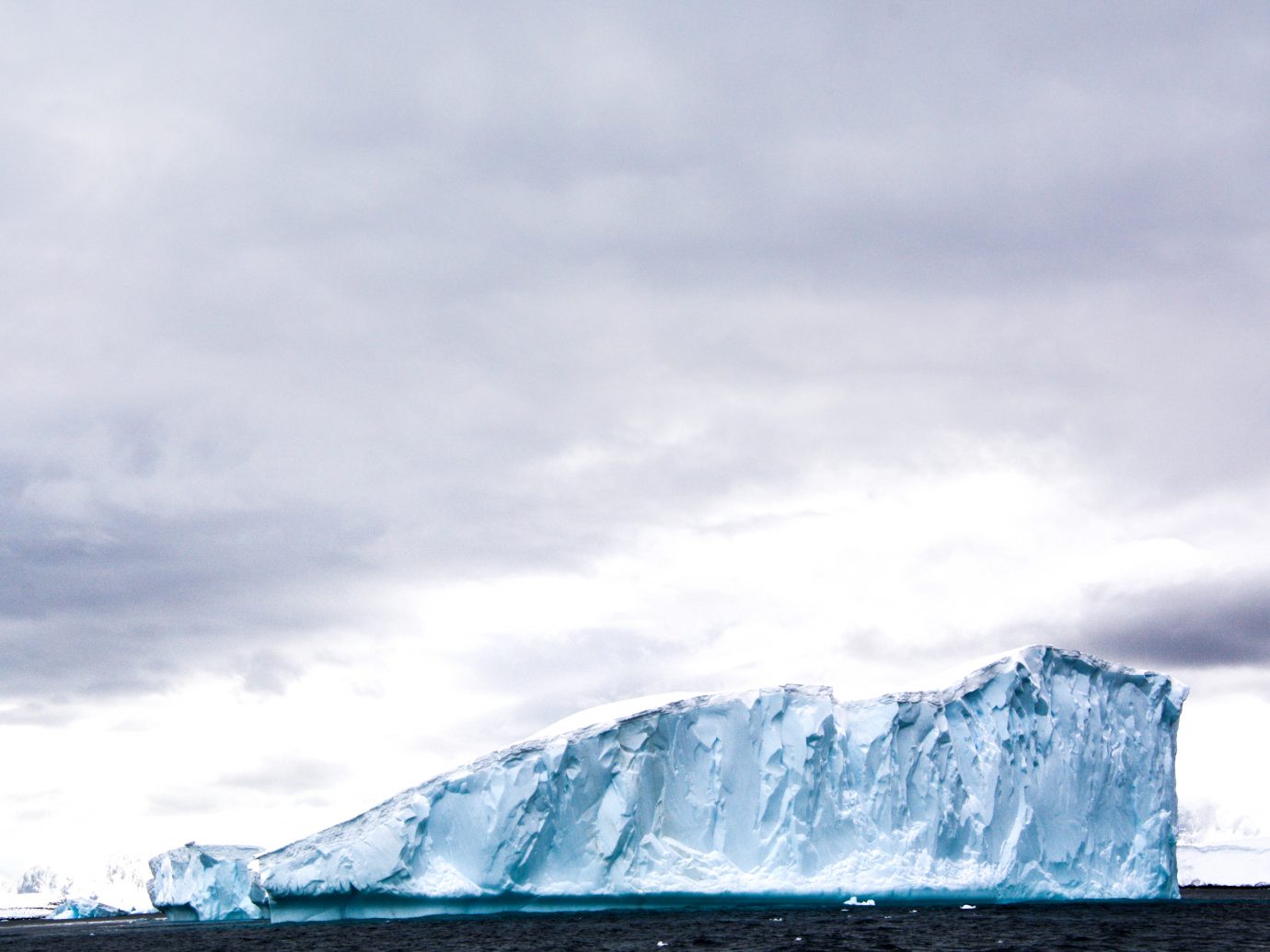
On any given day, you might spend hours snuggled up in a seat by the window or chatting up the expedition team’s scientists and historians who can answer any questions you have about what you’re seeing. You might jump out of your seat when someone spots a whale and contemplate the wandering albatrosses that follow the ship for miles without ever once flapping their wings. You will see penguins. You will see so many penguins that you might think you’ll get tired of them, but you never will.
A lot of travelers wonder if traveling to Antarctica or taking an Antarctica cruise is safe. My take? Antarctica was the most wild and unpredictable place I had ever been, but aboard the ship, I always felt safe and comfortable. I had my own room with a single bed and a giant porthole where I could stay up late with the never-setting sun and watch flocks of penguins swimming around the icebergs. I attended every lecture that interested me, from Whales 101 to heroic tales of polar explorers. Truthfully, though, there was nothing like getting off the ship and walking in their footsteps.
The Penguins
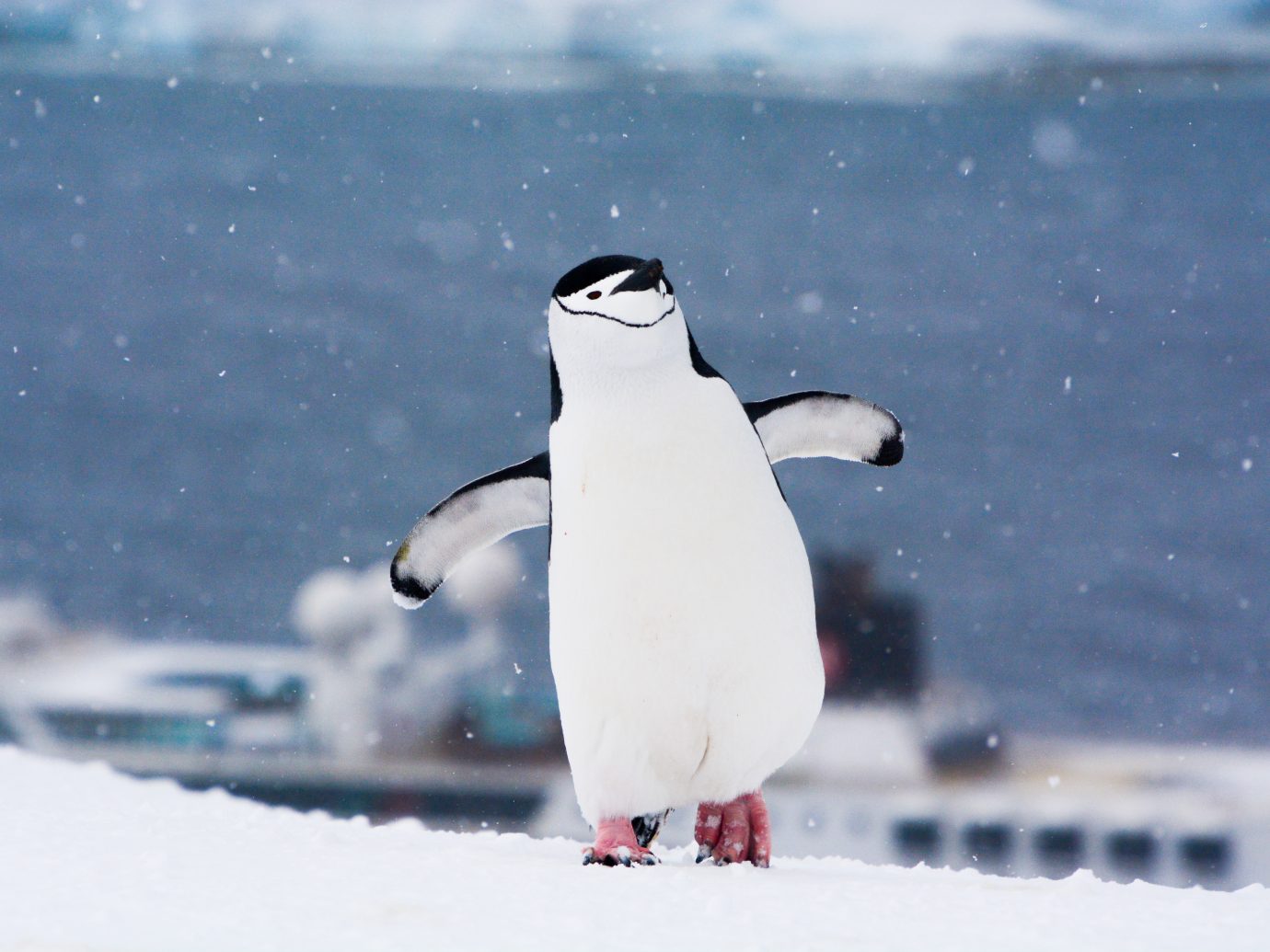
You can’t ask for a place more beautiful than Cuverville Island: clear glassy water, glowing blue icebergs, distant glaciers about to calve, and thousands of penguins. On Cuverville, we had the chance to walk among the colonies of Gentoo penguins that inhabit the island during breeding season. We saw them doing everything penguins do: swimming, waddling, breeding, bowing, canoodling, stealing rocks, sliding on their bellies, and getting into fights with each other. They went about their business and walked right past us humans with little concern.
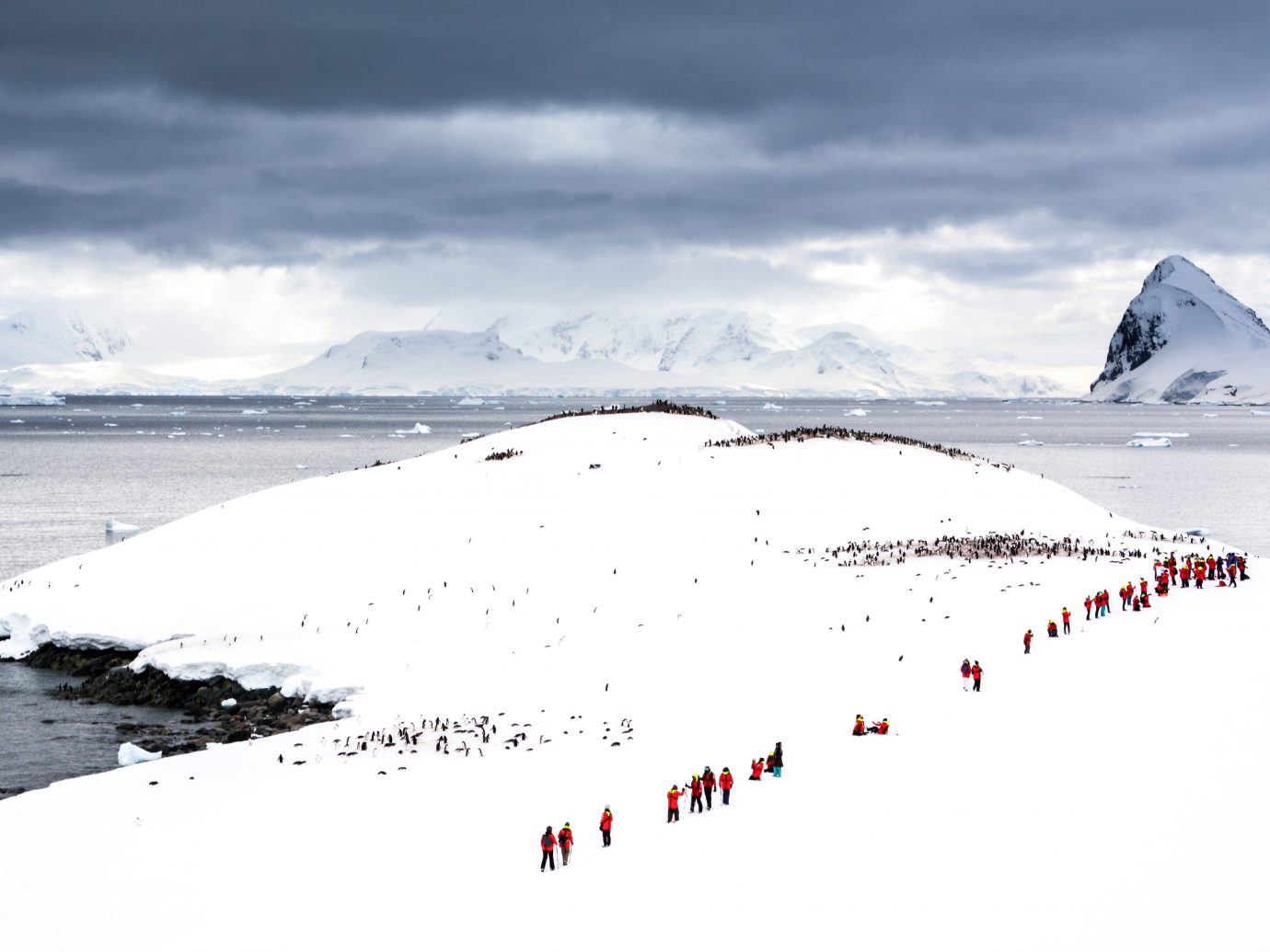
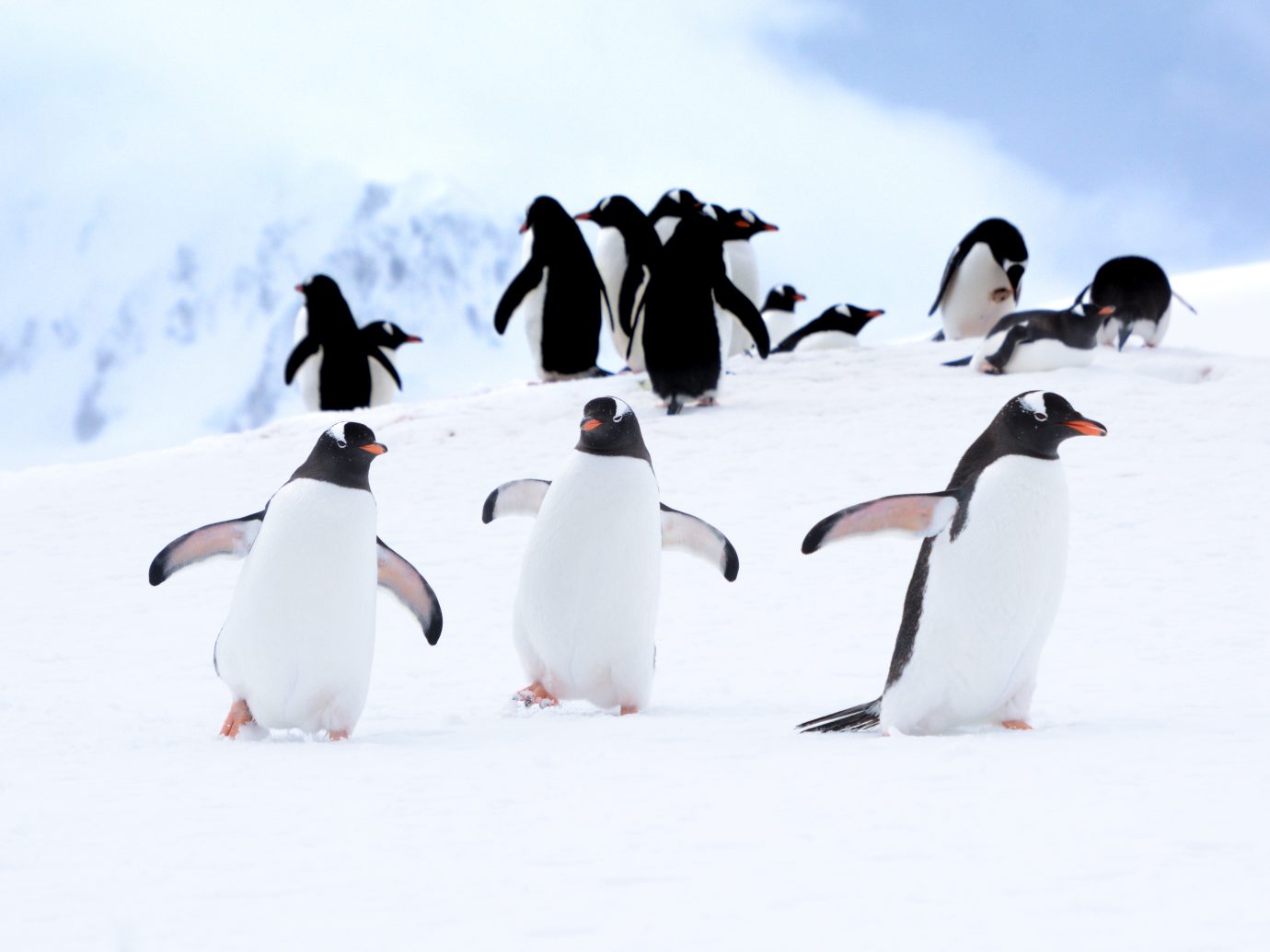
“They’re amazing,” I remarked to another passenger as we both stopped to let a penguin belly-slide across the marked trail. As per IAATO regulations, if you’re a penguin in Antarctica, the right of way is yours.
“I know, Cuverville is one of my favorite stops,” he replied.
“You’ve been here before?”
“This is my fifteenth time,” he said.
“Fifteen?!” I was unable to hide my shock. He explained that he used to be a tour leader, but on this trip, he was just on vacation.
No further explanation was needed.
The Ice
The half-way point of the trip was also our furthest south. Early that morning, when the light was at its most beautiful, the ship cruised through the Lemaire Channel until we arrived at a giant ice sheet. The pack ice was too thick for us to travel through, but it was alive. We could see the waves rolling through the ice, a distant leopard seal sleeping, and a lone Adelie penguin looking for his breakfast between the cracks.
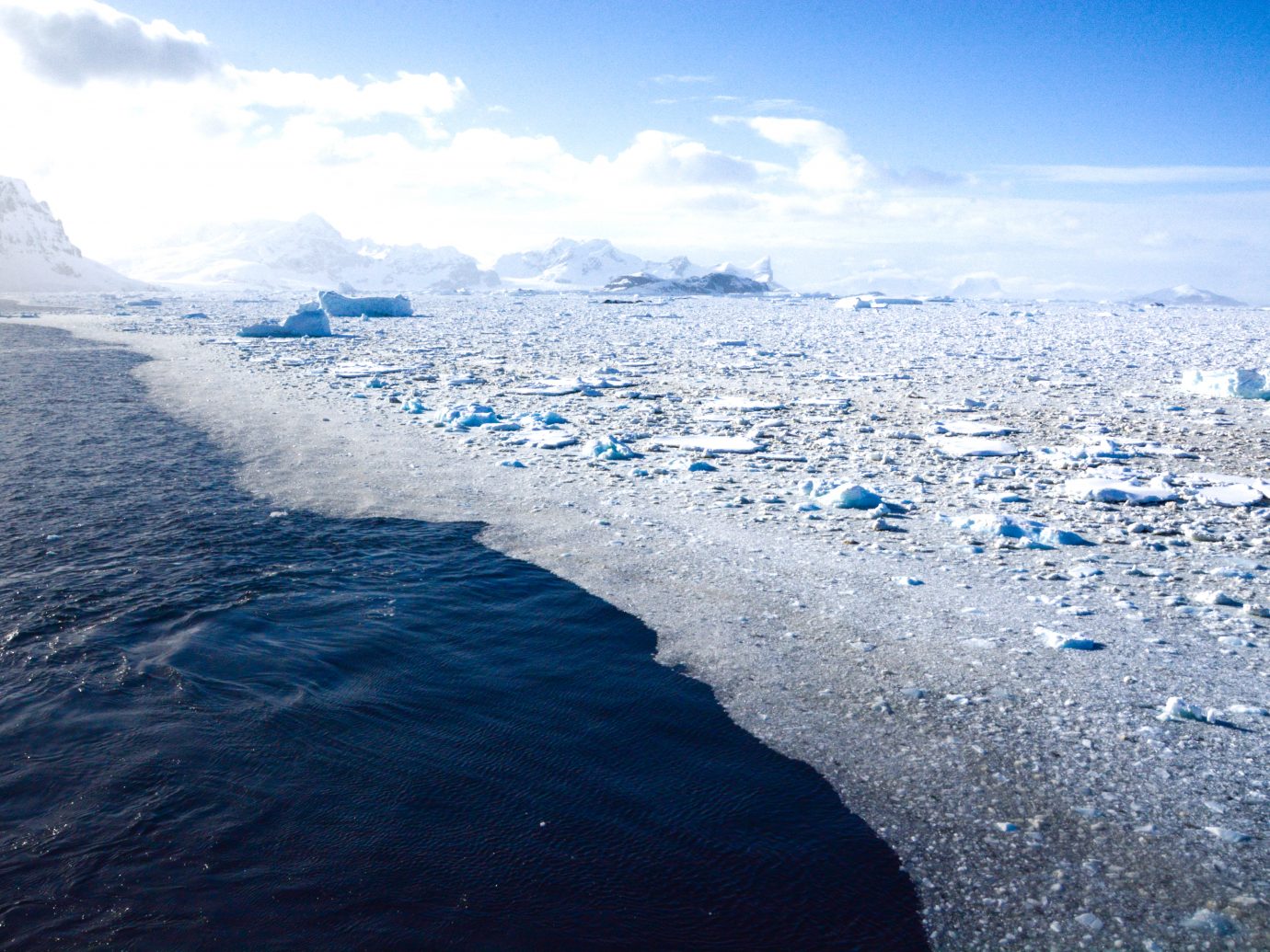
From here, north was the only way to go, but the trip wasn’t over yet. We visited Damoy Point, where we could see Port Lockroy, the world’s southernmost landmark and post office, and Orne Harbor, where we needed poles to climb a steep hill that hid a colony of Chinstrap penguins. We watched as they fought off the egg-stealing skuas and weathered the snow and wind with ease. We found moss and lichens, the only plants that grow in Antarctica, and learned how they survive the unthinkable conditions (they tend to grow close to penguin colonies and thrive in the nooks and crannies of rocks that the wind can’t get to).
RELATED: The World’s Most Epic Animal Adventures
On the last day before the Midnatsol was scheduled to head back across the Drake, the weather was perfect for kayaking. Clear skies above us, the other kayakers and I followed our guides across the glossy waters of Wilhelmina Bay. As they laid down the rules (“Stay away from large icebergs and keep paddling through big waves”), three penguin heads popped out of the water. They looked at us, confused, as though they were trying to figure out if they needed to be in this meeting or not. To be just a few feet from them, at their level in the water, was worth the hours it had taken to get properly dressed for the freezing waters. From there, we kayaked farther into the bay to the site of an old shipwreck—a whaling ship that had burned down nearly a century ago and was now a fixture of the bay.
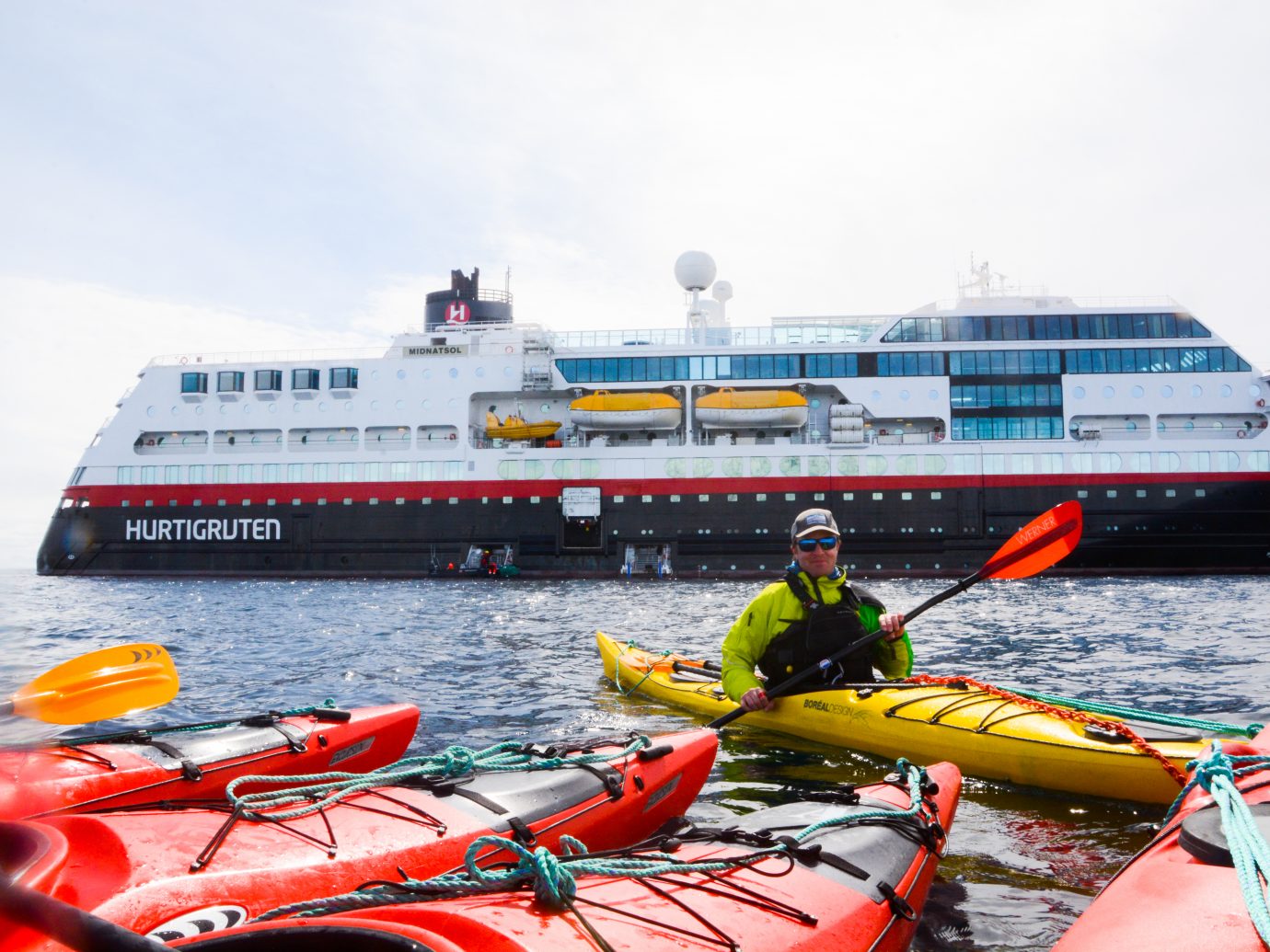
Back on board, I found that we were hovering around a large iceberg and the sea was twinkling in the sunlight. I watched the scene for as long as I could, knowing that soon the ship would pull away and I would be on my way home.
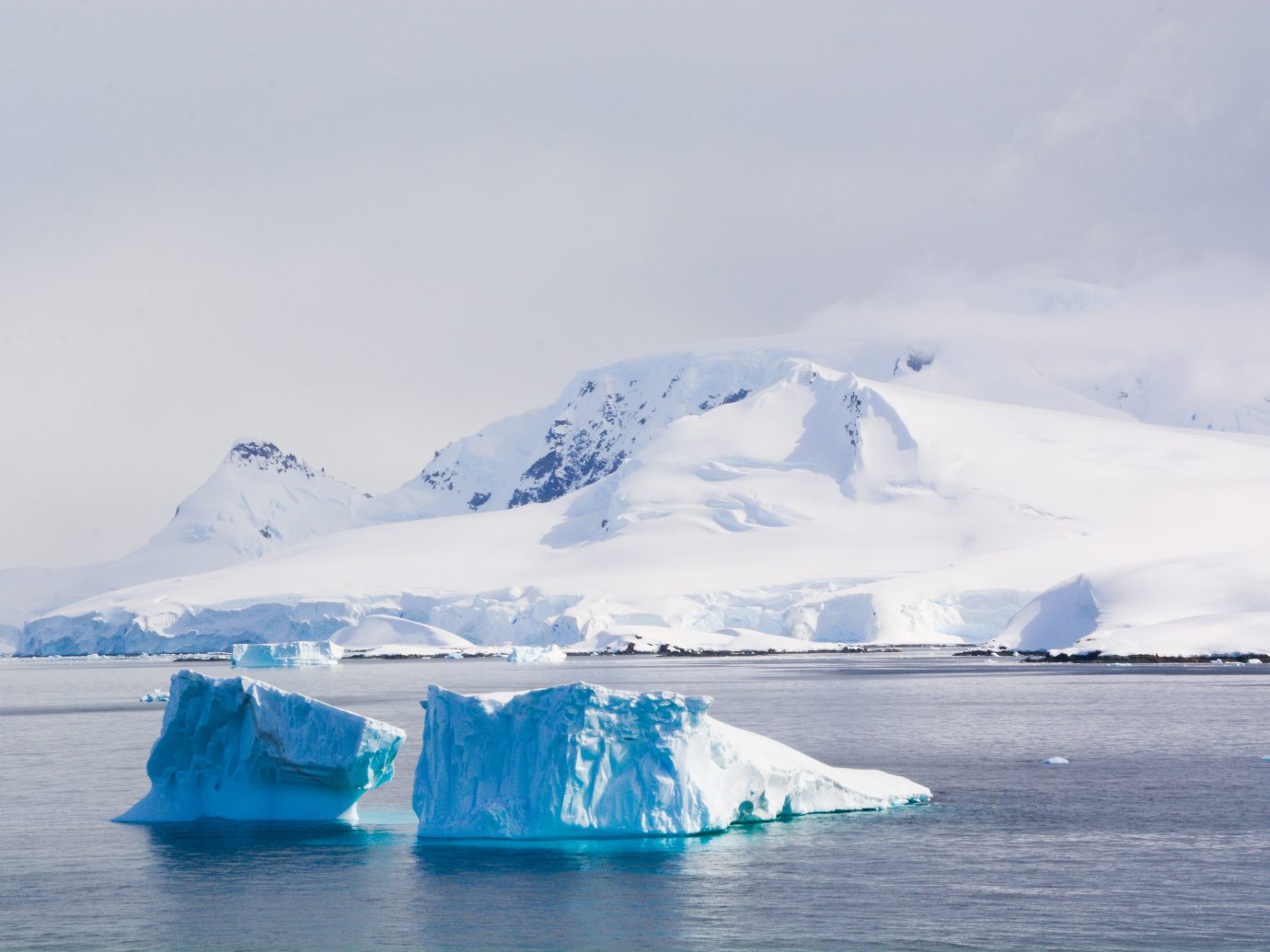
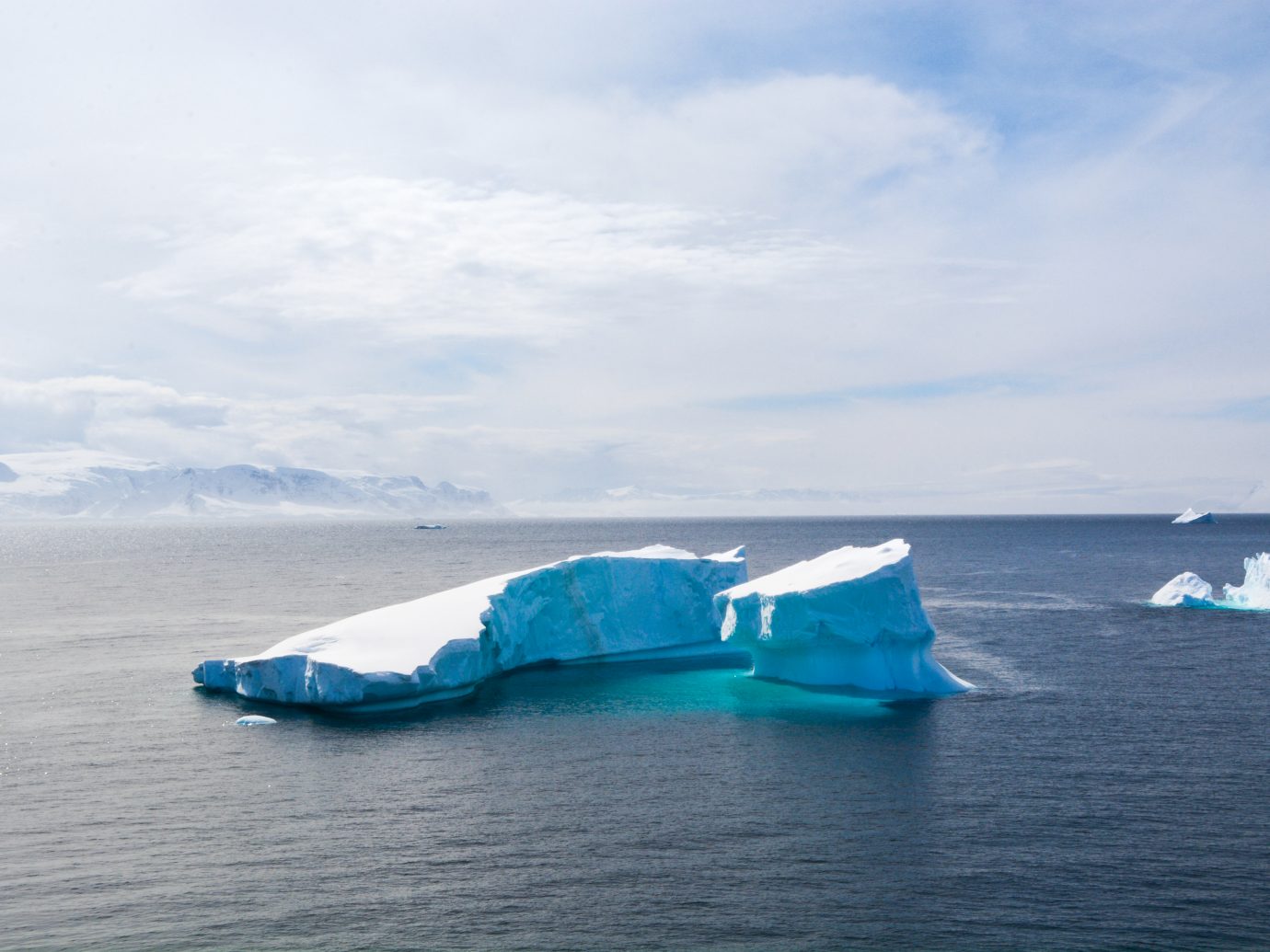
Since I’ve been back, many people have asked me if I would go again. If I thought I had seen it all. The question always surprises me, because I know that the piece of Antarctica I saw was so small. We visited just the tip of the peninsula, nowhere near the ice shelves or the South Pole or Mount Erebus, the world’s southernmost volcano. There is still so much to be seen, but if I could go back and follow the exact itinerary again—from Deception Island to Wilhelmina Bay—there’s no question. I would do it fifteen times and more.
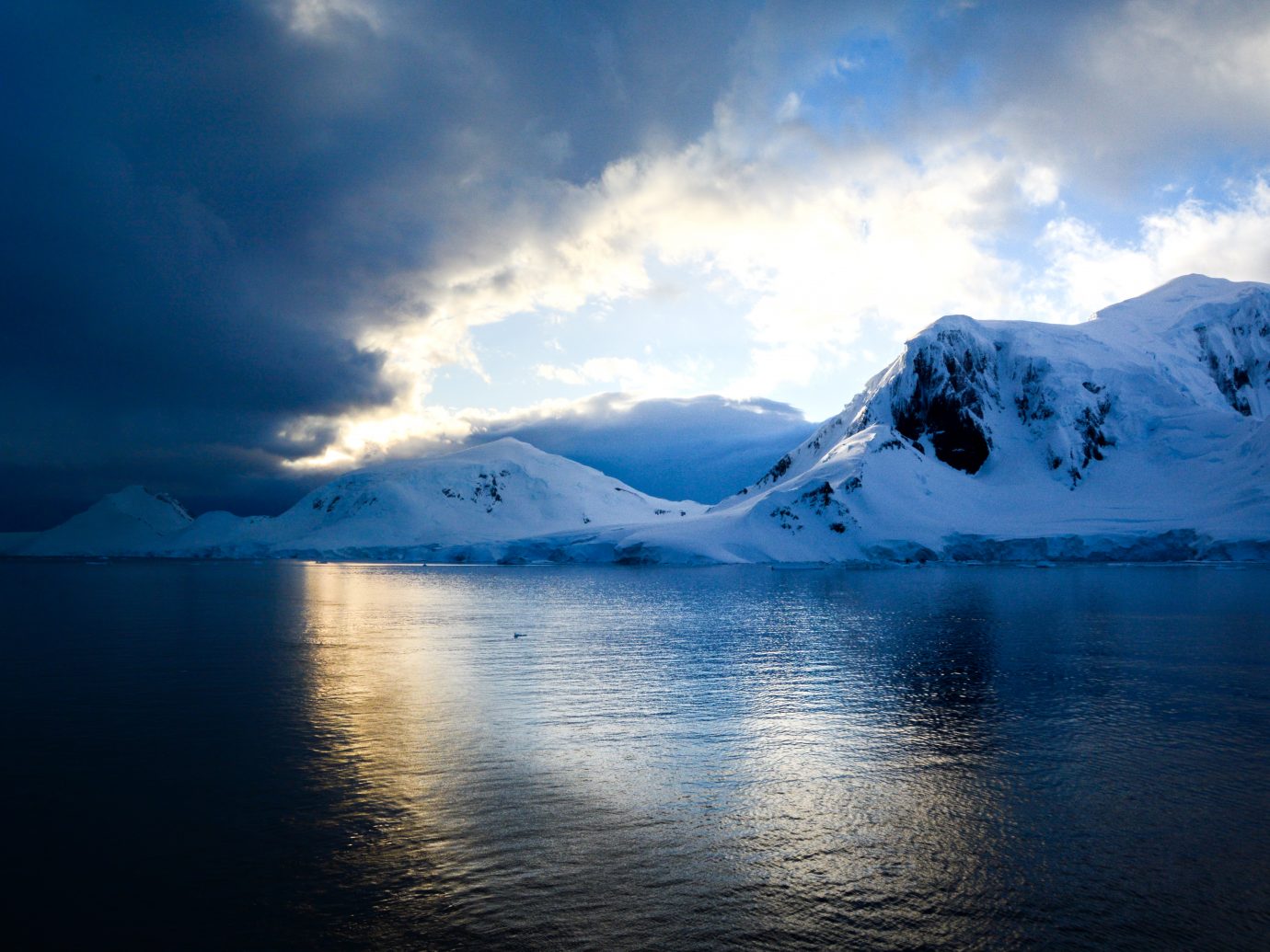
Want more?
- 8 Cruises Every Jetsetter Will Love
- 12 Over-the-Top Luxury Ski Chalets We’re Currently Obsessed With
- 9 Places to Embrace Winter in 2019
Comments
All products are independently selected by our writers and editors. If you buy something through our links, Jetsetter may earn an affiliate commission.
Become a Jetsetter.
Use our insider connections to know where to go and what to do.
By proceeding, you agree to our Privacy Policy and Terms of Use.
Thanks for Signing Up!

